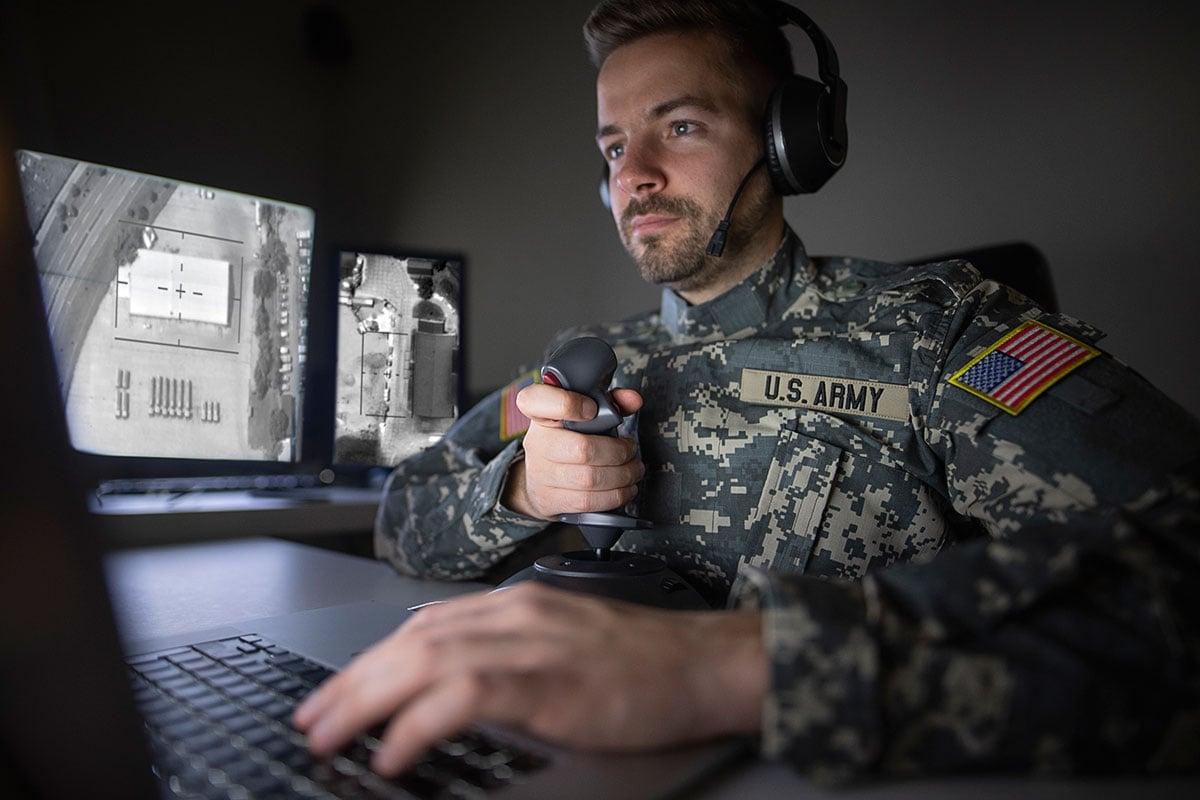ADHD affects attention, impulse control, and activity levels, making traditional classroom structures difficult for many students. Teachers may observe off-task behavior, frequent interruptions, or difficulty following instructions. These challenges can disrupt learning not only for the child with ADHD but for peers as well. Understanding how ADHD impacts brain function helps educators shift from discipline to support. With the right tools, classroom environments can become more inclusive and productive.
How Can Structure and Routine Support Students with ADHD?
Consistent structure helps students with ADHD anticipate what comes next and stay focused. Clear routines reduce uncertainty and help students transition between tasks more easily. Visual schedules, timers, and written instructions reinforce expectations and prevent confusion. Predictable patterns in classroom flow minimize distractions and help students manage impulsivity. These supports also free up mental energy so they can focus on learning.
Children with ADHD often have high energy levels and benefit from frequent opportunities to move. Scheduled movement breaks, brain boosts, or classroom jobs allow students to release excess energy in positive ways. Physical activity activates brain regions responsible for attention and self-regulation. Even short bursts of movement throughout the day can lead to better concentration and fewer behavioral outbursts.
Seating a student with ADHD away from distractions like windows, doors, or high-traffic areas can improve focus. Proximity to the teacher also allows for subtle redirection when attention wanes. Some students benefit from flexible seating such as wobble cushions, standing desks, or fidget tools. These adjustments allow movement without disrupting others and help maintain engagement during lessons.
How Can Teachers Use Clear and Concise Instructions?
Students with ADHD may struggle to follow multi-step or lengthy instructions. Using short, clear directives—paired with visuals or demonstrations—makes expectations easier to understand. Repeating instructions and checking for understanding also help prevent errors. Chunking tasks into smaller steps and giving frequent feedback improves task completion. This strategy builds confidence and reduces overwhelm.
What Role Does Positive Reinforcement Play?
Positive reinforcement is a powerful motivator for students with ADHD. Praising effort, consistency, or small improvements encourages continued progress. Immediate, specific feedback helps students connect their behavior to outcomes. Token systems, sticker charts, or verbal praise can be tailored to each child’s needs. Reinforcement should be consistent and aligned with the student’s individual goals.
Students with ADHD may experience heightened frustration, anxiety, or emotional reactivity. Teaching emotional vocabulary and self-regulation skills equips them to navigate challenges more calmly. Calming corners or sensory tools can provide a safe space to reset. Adults who model calm, supportive responses during outbursts create a safer emotional climate. This helps students feel understood and less ashamed of their difficulties.
What Role Do Parents and Care Teams Play?
Managing ADHD in the classroom is most effective when educators collaborate with families and mental health professionals. Sharing strategies across home and school builds consistency and reinforces skills. IEPs or 504 plans can provide additional formal support. Open communication helps identify what’s working—and what’s not—so adjustments can be made. When everyone is on the same page, students benefit from a more unified approach.
Understand ADHD for the Classroom
Students with ADHD may struggle with peer interactions due to impulsivity or difficulty reading social cues. Structured social skills activities help build cooperation, empathy, and self-awareness. Group projects, games, and role-play can all teach interpersonal skills in a safe setting. Peer buddies or mentoring programs also create positive models for behavior. When social learning is built into the school day, students with ADHD gain critical life skills along with academic content.





